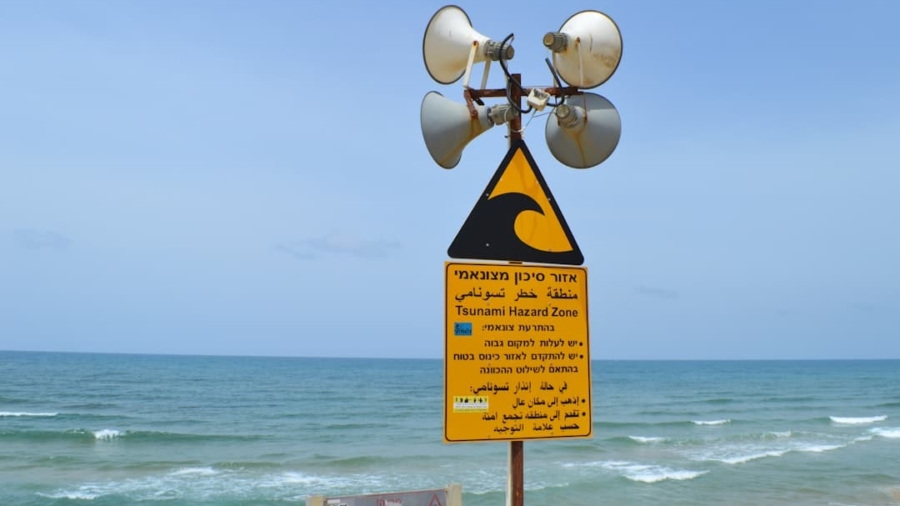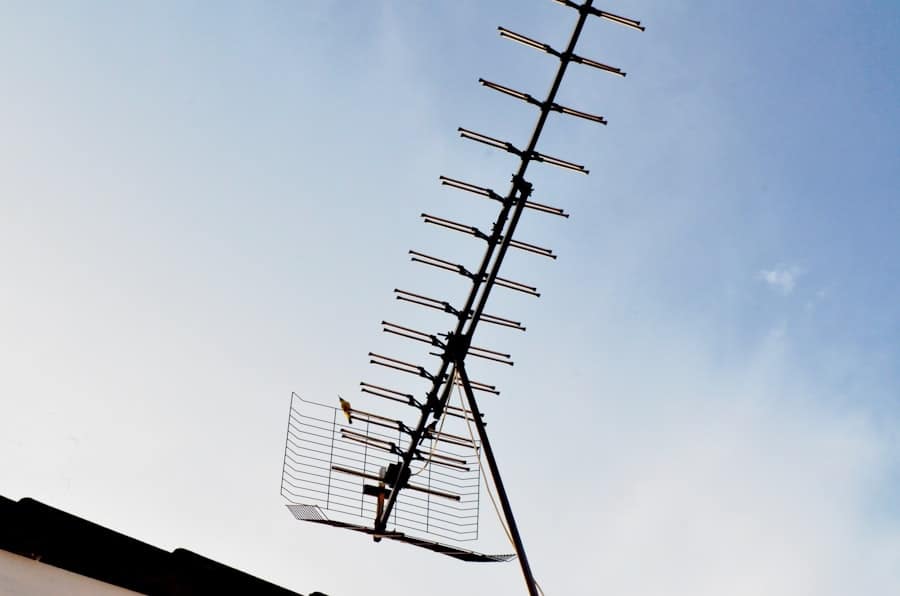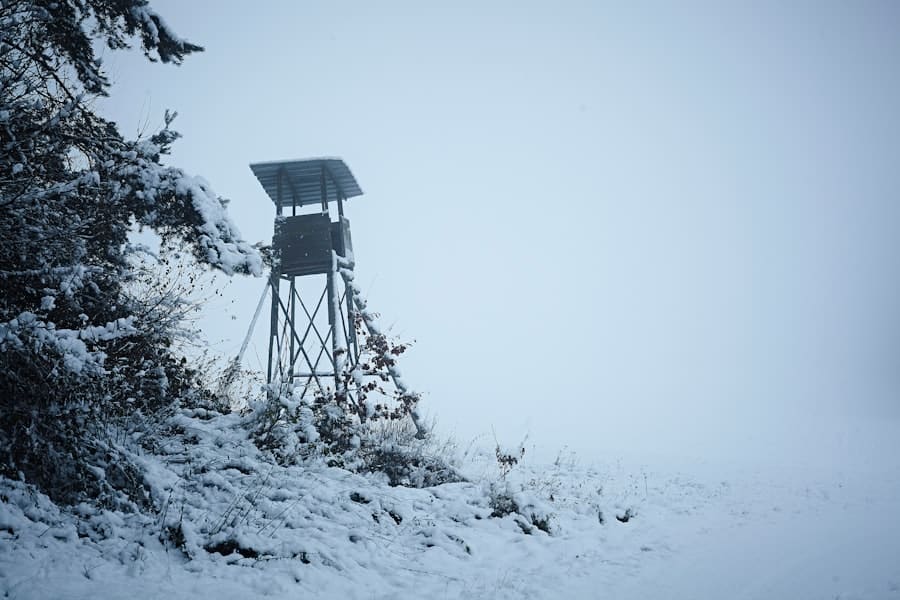In an age where technology permeates every aspect of our lives, the concept of a DIY weather station has gained significant traction among hobbyists, educators, and tech enthusiasts alike. A DIY weather station allows individuals to monitor local weather conditions in real-time, providing valuable data that can be used for personal interest, educational purposes, or even community initiatives. The allure of building a weather station lies not only in the ability to collect data but also in the hands-on experience of assembling and programming the components.
This project can serve as an engaging introduction to the Internet of Things (IoT), data analysis, and environmental science. The rise of affordable sensors and microcontrollers has made it easier than ever to create a personalized weather station. With a few components, anyone can measure temperature, humidity, atmospheric pressure, wind speed, and rainfall.
The data collected can be invaluable for understanding local climate patterns, predicting weather changes, or simply satisfying one’s curiosity about the environment. Moreover, sharing this data with others can foster a sense of community and collaboration among fellow weather enthusiasts. As we delve into the intricacies of building a DIY weather station, we will explore the essential components, setup processes, programming techniques, and data analysis methods that will empower you to embark on this exciting project.
Key Takeaways
- DIY weather stations are a fun and educational way to collect and analyze weather data from your own backyard.
- When choosing IoT sensors for your weather station, consider factors such as accuracy, range, and compatibility with your chosen microcontroller.
- Setting up the hardware for your DIY weather station involves assembling the sensors, connecting them to a microcontroller, and powering the system.
- Programming your IoT sensors for weather data collection requires writing code to read sensor data, store it, and potentially transmit it to the internet.
- Connecting your weather station to the internet allows you to access and analyze your weather data remotely, using platforms like IoT dashboards or custom-built applications.
Choosing the Right IoT Sensors for Your Weather Station
Temperature and Humidity Sensors
Common sensors include temperature and humidity sensors like the DHT22 or BME280, which provide accurate readings for both metrics. The BME280 is particularly versatile as it also measures atmospheric pressure, making it an excellent choice for those interested in tracking changes in weather patterns over time.
An anemometer can measure wind speed, while a wind vane can indicate wind direction. These sensors often come as a combined unit, simplifying installation and integration into your system.
Other Essential Sensors
Rain gauges are another important component; they can be as simple as a tipping bucket design or more advanced electronic models that provide precise rainfall measurements. When selecting sensors, consider factors such as accuracy, range, and compatibility with your microcontroller or data logger. Researching user reviews and community feedback can also provide insights into the reliability of specific sensor models.
Setting Up the Hardware for Your DIY Weather Station
Once you have selected your sensors, the next step is to set up the hardware for your DIY weather station. This process typically begins with choosing a suitable microcontroller or single-board computer to serve as the brain of your station. Popular options include the Arduino series and Raspberry Pi.
The Arduino platform is particularly user-friendly for beginners due to its extensive community support and vast library of resources. On the other hand, Raspberry Pi offers more processing power and flexibility for advanced projects that may require additional functionalities like data storage or web hosting. After selecting your microcontroller, you will need to connect your sensors to it using jumper wires or a breadboard.
Each sensor will have specific wiring requirements, so consulting the datasheets or online tutorials is crucial for proper connections. For instance, if you are using a DHT22 sensor with an Arduino, you will typically connect it to a digital pin on the Arduino board along with a pull-up resistor to ensure stable readings. Once all sensors are connected, it’s essential to secure them in an appropriate enclosure that protects them from environmental elements while allowing for accurate readings.
A well-ventilated housing is vital for temperature and humidity sensors to avoid heat buildup that could skew results.
Programming Your IoT Sensors for Weather Data Collection
Programming your IoT sensors is where the magic happens; this step transforms your hardware setup into a functional weather station capable of collecting and processing data. If you are using an Arduino, you will typically write your code in the Arduino Integrated Development Environment (IDE). The code will include libraries specific to each sensor you are using, which simplifies the process of reading data from them.
For example, if you are using a DHT22 sensor, you would include the DHT library in your code to facilitate communication between the sensor and the microcontroller. The programming process involves initializing each sensor and setting up a loop that continuously reads data at specified intervals. You might choose to collect data every minute or every five minutes, depending on your needs.
It’s also important to implement error handling in your code to manage situations where a sensor might fail to provide a reading. For instance, if a temperature reading is out of range or returns an error code, your program should be able to log this event without crashing. Additionally, consider adding functionality to store this data locally on an SD card or send it to an online database for further analysis.
Connecting Your Weather Station to the Internet
To fully leverage the capabilities of your DIY weather station, connecting it to the internet is essential. This connection allows you to access real-time data remotely and share it with others through various platforms. If you are using an Arduino board, you might consider adding a Wi-Fi module like the ESP8266 or ESP32.
These modules are relatively inexpensive and provide robust connectivity options for IoT projects. Once you have integrated a Wi-Fi module into your setup, you will need to modify your code to include network credentials and establish a connection to your Wi-Fi network. After successfully connecting to the internet, you can choose how to transmit your data.
One popular method is using HTTP requests to send data to web services like ThingSpeak or Adafruit IO, which offer free tiers for hobbyists. Alternatively, if you prefer more control over your data storage and visualization, setting up a personal server using Raspberry Pi can be an excellent option. This approach allows you to create custom dashboards and access your data from anywhere with an internet connection.
Analyzing and Visualizing Weather Data from Your DIY Weather Station
Once your DIY weather station is up and running and collecting data, the next step is analyzing and visualizing that information effectively. Data analysis can reveal trends and patterns that may not be immediately apparent from raw readings alone. For instance, by plotting temperature changes over time, you might identify seasonal variations or unusual spikes that warrant further investigation.
Visualization tools play a crucial role in making sense of your collected data. Many online platforms like ThingSpeak offer built-in graphing capabilities that allow users to create real-time visualizations of their weather data without extensive programming knowledge. Alternatively, if you have opted for a more hands-on approach with your Raspberry Pi server, you can use libraries such as Matplotlib or Plotly in Python to create custom graphs and charts tailored to your specific needs.
These visualizations can be shared with others through social media or embedded in personal websites, fostering community engagement around local weather phenomena.
Troubleshooting and Maintenance Tips for Your DIY Weather Station
As with any electronic project, troubleshooting is an inevitable part of maintaining your DIY weather station. Common issues may arise from sensor malfunctions due to environmental factors such as moisture or extreme temperatures affecting their performance. Regularly checking connections and ensuring that all components are securely mounted can help mitigate these problems.
Additionally, keeping an eye on sensor calibration is essential; over time, sensors may drift from their original accuracy due to wear or environmental exposure.
This includes cleaning sensors periodically to remove dust or debris that could interfere with readings.
For outdoor installations, consider protecting sensitive components from direct exposure to rain or snow by using protective enclosures or covers designed specifically for outdoor use. Furthermore, regularly updating your software can enhance performance by incorporating bug fixes or new features that improve data collection and analysis capabilities.
Conclusion and Next Steps for Your DIY Weather Station Project
Embarking on a DIY weather station project opens up a world of possibilities for learning about meteorology and technology while providing valuable insights into local weather conditions. As you gain experience with building and maintaining your station, consider expanding its capabilities by integrating additional sensors or exploring advanced programming techniques such as machine learning algorithms for predictive analytics based on historical data trends. Moreover, engaging with online communities dedicated to DIY projects can provide inspiration and support as you continue your journey into the world of weather monitoring.
Sharing your findings with others not only enhances your understanding but also contributes to collective knowledge about local climate patterns. Whether you aim to refine your existing setup or explore new avenues within this fascinating field, there are always new challenges and opportunities waiting just around the corner in the realm of DIY weather stations.
If you are interested in building a DIY weather station with IoT sensors, you may also want to check out this article on the top trends in e-commerce business. Understanding the latest trends in e-commerce can help you create a successful online platform to showcase and sell your weather station kits. By staying informed about the industry, you can better tailor your marketing strategies and reach a wider audience.
FAQs
What is a DIY weather station with IoT sensors?
A DIY weather station with IoT sensors is a project that involves building a weather monitoring system using various sensors and connecting it to the internet to collect and analyze data.
What are the benefits of building a DIY weather station with IoT sensors?
Building a DIY weather station with IoT sensors allows you to monitor and collect real-time weather data specific to your location. It also provides an opportunity to learn about electronics, programming, and data analysis.
What sensors are commonly used in a DIY weather station with IoT sensors?
Common sensors used in a DIY weather station with IoT sensors include temperature sensors, humidity sensors, barometric pressure sensors, wind speed and direction sensors, and rain gauges.
What are the basic components needed to build a DIY weather station with IoT sensors?
The basic components needed to build a DIY weather station with IoT sensors include microcontrollers (such as Arduino or Raspberry Pi), various weather sensors, a power source, and a way to connect to the internet (such as Wi-Fi or cellular module).
What programming languages are commonly used for building a DIY weather station with IoT sensors?
Common programming languages used for building a DIY weather station with IoT sensors include Arduino programming language for microcontrollers, and Python or JavaScript for data analysis and visualization.
How can the data collected from a DIY weather station with IoT sensors be used?
The data collected from a DIY weather station with IoT sensors can be used for various applications such as weather forecasting, agriculture, environmental monitoring, and home automation. It can also be shared with the community or used for personal interest.



